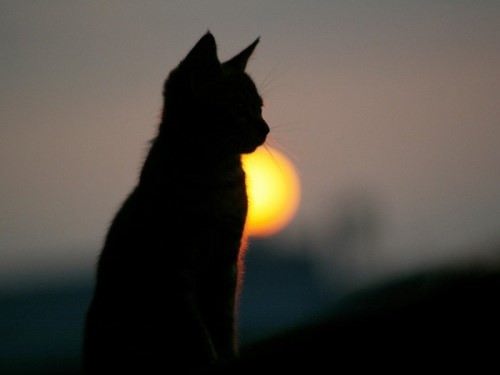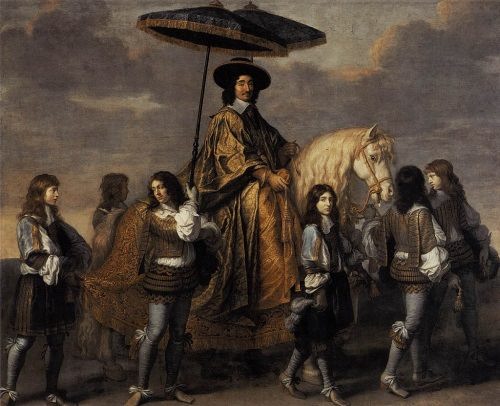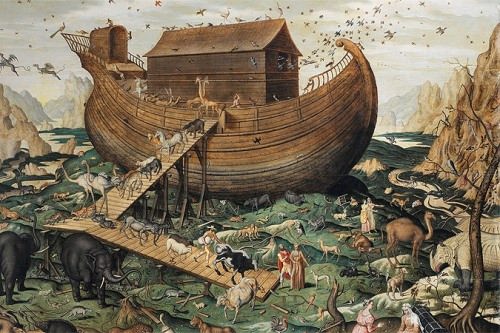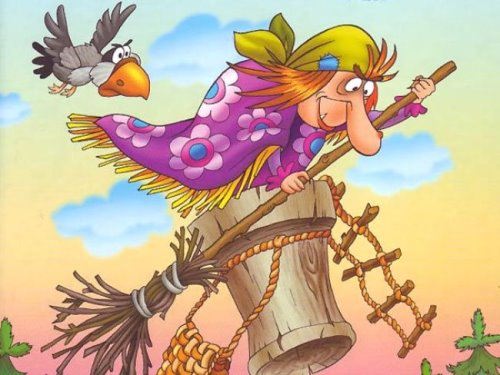Cats and superstitions
All cats are excellent hunters. They have acute senses and sharp teeth and claws. Even most domestic cats could survive in the wild by catching mice, small birds, insects, and other creatures. The mirrorlike layer inside the eye reflects the light at the back of the eye. This is why a cat’s eyes shine in the dark.
Kittens spend hours chasing their tails, springing on each other, and having mock fights. Their play helps them develop hunting skills, quick reactions.
Cats were probably first domesticated in ancient Egypt about 5,000 years ago. Ancient Egyptians kept domestic cats to guard grain stores. Cats became so celebrated that some were worshiped as gods, and statues were made. The Egyptians mummified large numbers of them and placed them in tombs so they could continue to serve their owners in their afterlife.
More »






